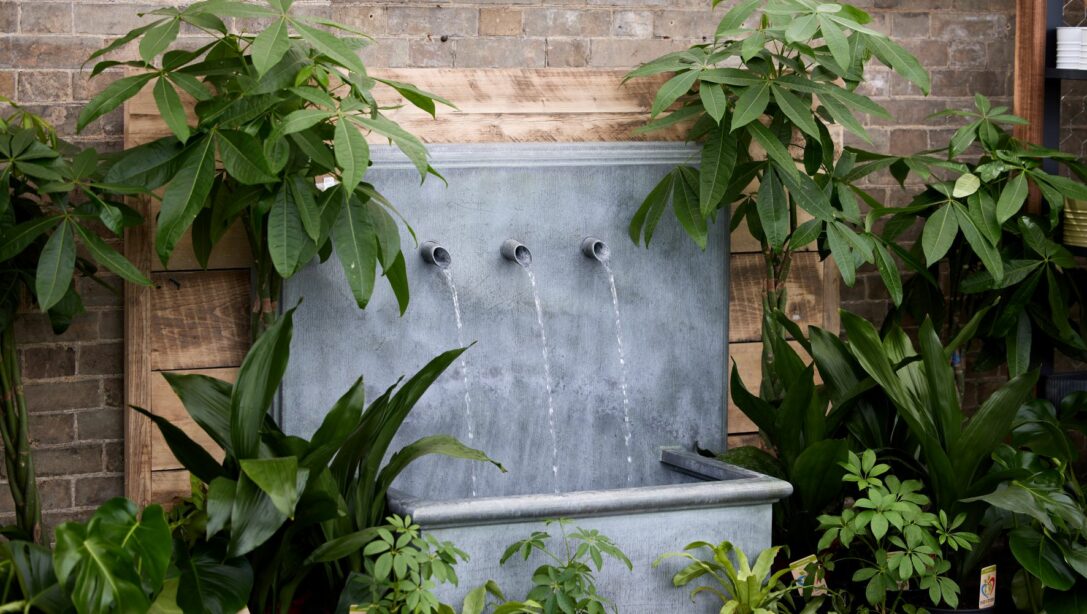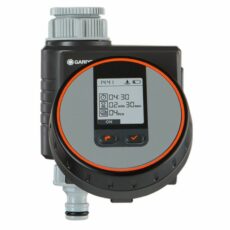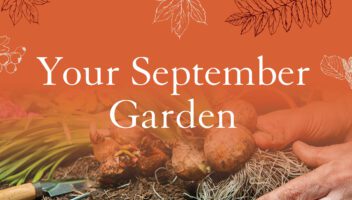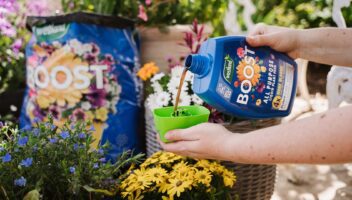Leaving your houseplants is always a worry when you go on your holidays, and the concern that you will return to them looking worse for wear is not something you want to be anxious about. If you don’t have a friendly neighbour who you trust to keep up with your watering schedule, then it’s a good idea to put some other plans in place to keep your houseplants looking amazing when you arrive home.
All your houseplants will profit from holiday watering strategies, with any indoor herbs or vegetables requiring the most attention. Your cacti and succulents do not need as much holiday watering in comparison to your other houseplants, as they can endure extended periods of time without water.
Houseplant Considerations
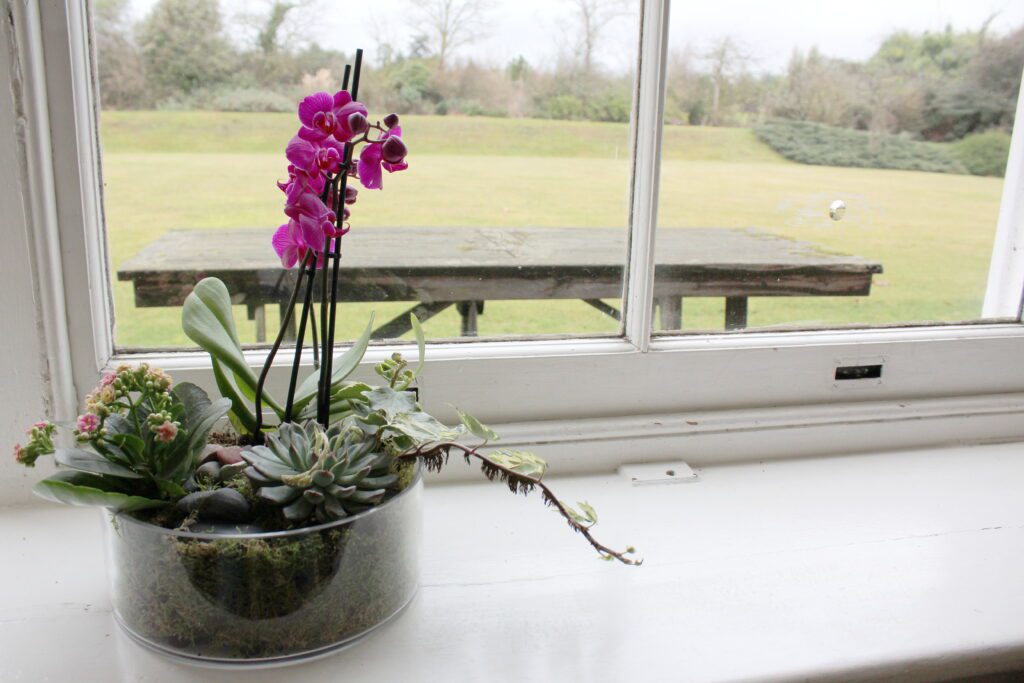
Many considerations come into play when you’re going on holiday, including the placements and pot types that your houseplants are situated in.
If your plants are located near a window, it’s a good idea to move them into a cooler area, away from direct sunlight, as this can evaporate water at a fast pace.
If your houseplants are in a smaller pot, any water provided will dry out quicker than those in larger pots as less water is available, so be sure to give them special attention when developing a watering plan.
Houseplant Preparations
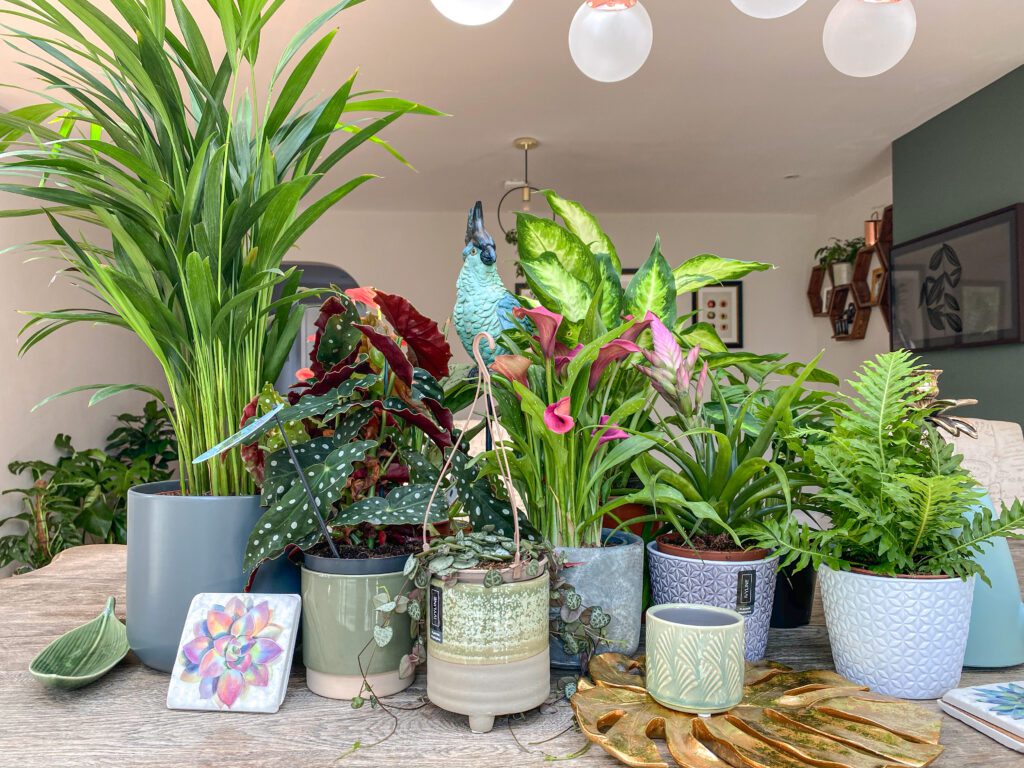
The ideal time to begin your watering plan of action is around a month before you are due to leave on your holiday. Create a log of your current water routine, including how often you water the plants and how much water you are using. This is a great tool to then either pass on to your houseplant sitters or to measure out for your self-made watering devices.
Watering Houseplants for Summer Short Stays
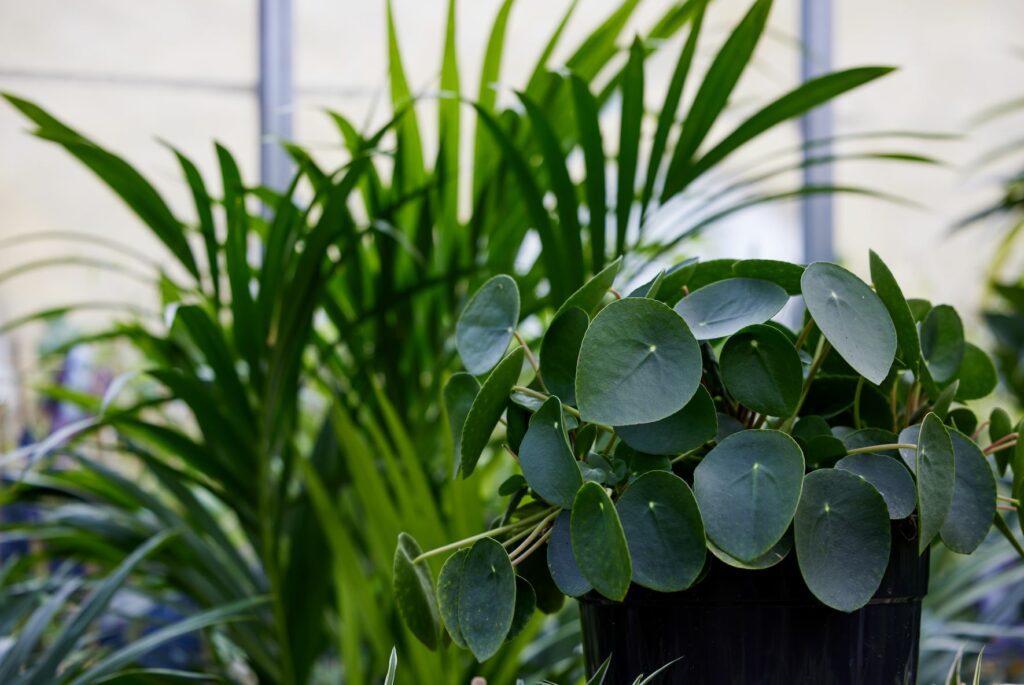
If you are only going away for a few days, your plants have a good chance of survival without the need to take drastic action on the watering front. Move your houseplants to a cool room and ensure they are positioned away from any windows or sunlight. Providing the plants with a thorough watering the morning you leave may be adequate enough.
Watering Houseplants for Summer Long Periods
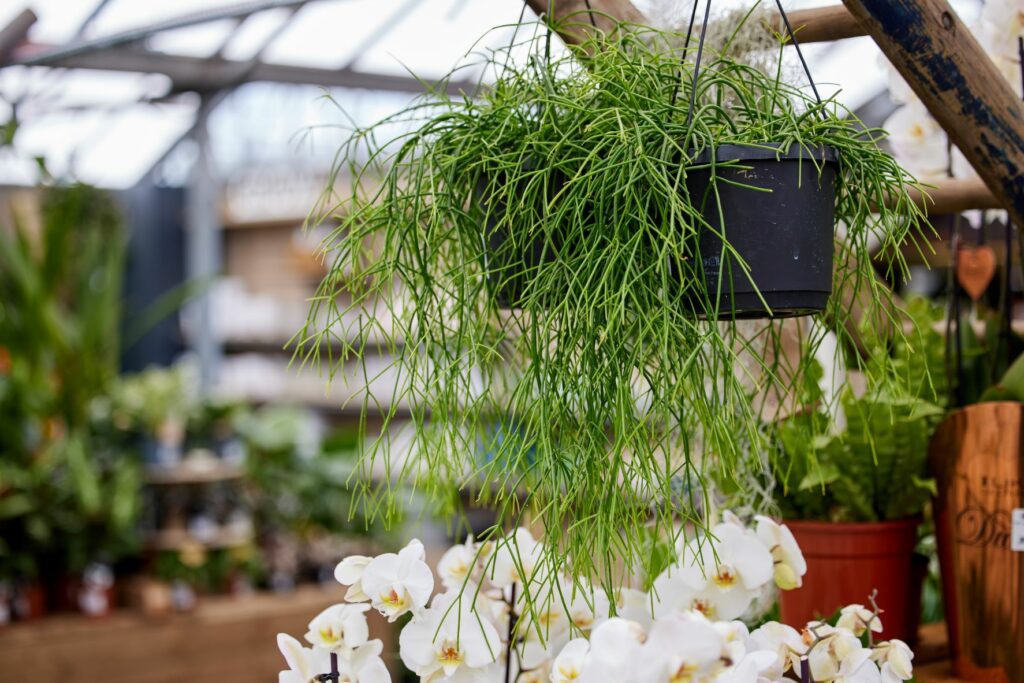
For longer holidays, there are DIY water devices that you can create to provide your plants with a consistent watering source.
Our Hillier experts recommend the following techniques to keep your plants looking healthy and thriving.
Houseplant Focus Drip Feeders:
Houseplant Focus Drip Feeders include a specifically formulated liquid, and are designed for houseplants that support healthy pot plant growth. Containing humic acid for increased nutrients and ready to use, the Houseplant Focus Drip Feeders slowly release hydration for your houseplants.
Drip System:
The drip system is fantastic for repurposing any bottles that you may have around and will work best for plants that need a lot of attention. The drip system will usually last for around 4-6 days.
Method:
- Puncture a number of small holes in the cap of a plastic bottle.
- Fill the bottle with the volume of water that your plant will require (this is when your log comes in handy!).
- Tighten the cap onto the bottle and turn it upside down into your plant pot
- Insert the bottle cap into the soil, being careful not to damage the roots.
How it works:
Over the course of your holiday period and as the soil dries, the holes in the cap of the water bottle will slowly release water for your houseplant for a consistent replenishment.
Hillier recommends: Aqua Save Watering Cones – these watering cones can replace the cap of the plastic bottle and are compatible with most types of bottles. Simply screw the cone tightly in place using the bottle’s existing thread, turn the bottle on its head and push the cone into the soil, close to your plant’s roots, as far as the collar will allow.
Wick Drip System
The wick drip system is a great device if you have multiple houseplants to care for. It works best over an approximate two-week period and is most useful for plants that require watering 2-3 times a week.
Method:
- Fill a large container with water as you have measured (a large bowl will work great).
- Find a long length of wick – a line of cotton, twine, or nylon rope are ideal to act as this.
- Position one end of the wick into the plant pot and insert the other end into the container of water.
How it works:
As the soil dries out, your houseplant will draw on the water within the container through the wick. This will provide a consistent source of hydration.
Hillier top tip: Be certain to tuck the wick into the pot as well as you can. This is to avoid any concern about the wick possibly falling out.
The DIY Greenhouse System
The DIY Greenhouse should only be used for short-term holidays. You should always position it away from a direct source of light to avoid cooking your plants.
Method:
- Cover your plant with a clear plastic bag and hold it in place with wooden stakes. This is to ensure the plastic bag is not wrapping around the leaves.
- Water the plant as normal and seal the bag around the pot.
How it works:
The DIY Greenhouse is a useful water-recycling system where the water vapour that is created within the bag is collected and used by the plant.
Water Reservoir System
The water reservoir (also known as the houseplant bath) is ideal for your tropical plants. This method will last if you are going on a week-long holiday.
Method:
- Fill a container (bowl, bath, or sink) with a measured volume of water.
- Position your plant pots within the container. Be sure that your plants have a good drainage system before you do so.
How it works:
As your plant needs it, the roots will soak up the water from the container for replenishment.
Hillier top tip: Do not use the water reservoir system if you need to water orchids. Your orchids require time between watering so that their roots can dry out and prepare for the next opportunity source.
Watering Houseplants for Winter Holidays
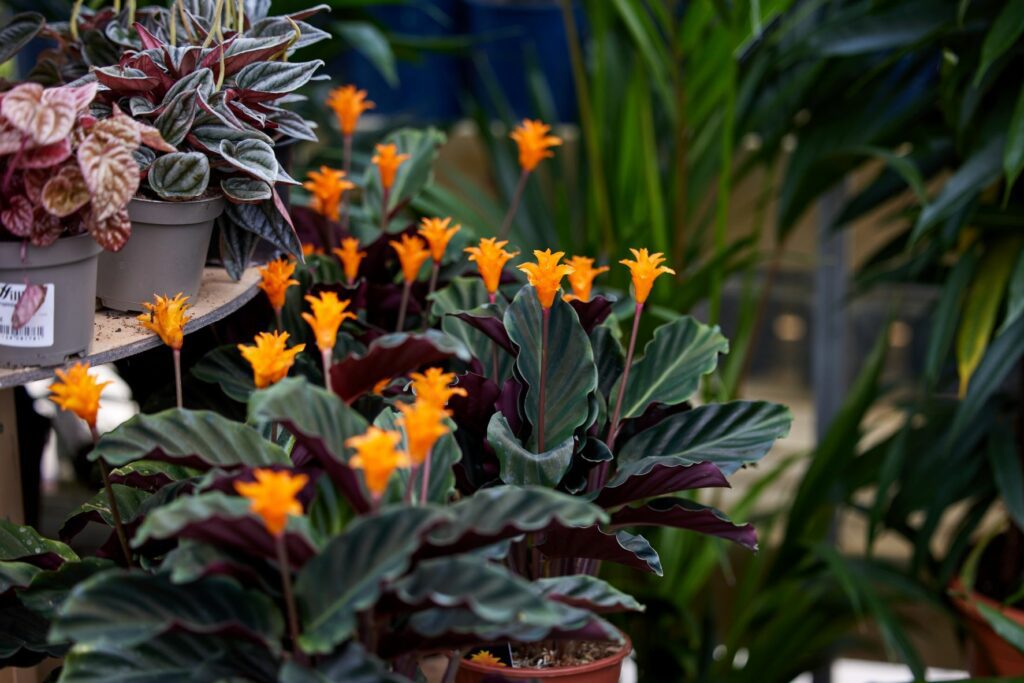
If you are going away during the winter, you don’t have to worry about your houseplants as much as you do in the warmer months. You should still make certain that the temperature is suitable and that it will not drop below what your houseplants can tolerate. Like you would in summer, move your plants away from any windows (so they don’t get too cold). Also, be sure to give them a normal watering before you leave.


